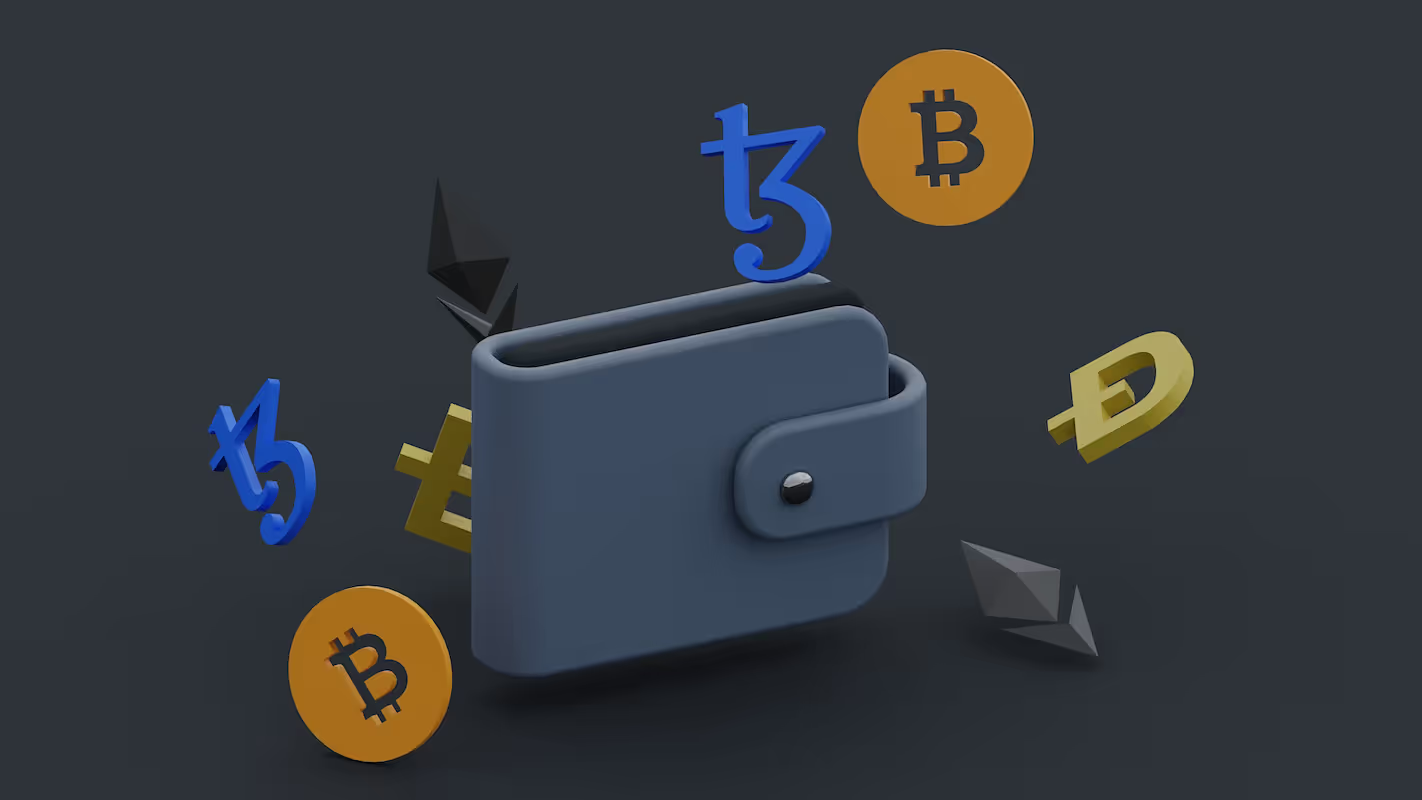Key Takeaways
- Target Block Time: The difficulty adjusts to keep the average block creation time at 10 minutes.
- Scheduled Recalibration: The network recalculates mining difficulty every 2016 blocks, or roughly every 2 weeks.
- Responsive System: It automatically increases or decreases based on the total mining power on the network.
What is Difficulty Adjustment?
Difficulty adjustment is Bitcoin's internal regulator, a core protocol feature that maintains a steady creation of new coins. This mechanism automatically modifies how hard it is for miners to find a new block. The goal is to keep the average time between blocks at approximately 10 minutes, regardless of how much computing power joins or leaves the network, ensuring a predictable BTC supply.
Every 2016 blocks, roughly every two weeks, the network assesses the time it took to mine that set. If blocks were found faster than the 10-minute target, the difficulty increases; if slower, it decreases. This self-correcting system is fundamental to Bitcoin's design, guaranteeing that the final BTC will be mined around the year 2140 and securing its long-term scarcity.
How Difficulty Adjustment Impacts Bitcoin Mining
Difficulty adjustment directly influences the profitability and operational strategy for miners. As the difficulty changes, so does the required computational effort, which has a cascading effect on the entire mining ecosystem. This dynamic keeps the network secure and balanced.
- Profitability: Higher difficulty means more competition and lower rewards per miner, affecting their bottom line.
- Hardware: Rising difficulty pushes the need for more powerful and efficient mining rigs to stay competitive.
- Energy: Increased difficulty translates to greater electricity consumption to solve complex cryptographic puzzles.
- Decentralization: The adjustment can influence network decentralization by making it harder for smaller miners to compete.
- Stability: It provides network stability by regulating block production, preventing rapid inflation or deflation of rewards.
The Role of Difficulty Adjustment in Network Security
Difficulty adjustment is a cornerstone of Bitcoin's security model, acting as a powerful defense mechanism against malicious attacks. By dynamically altering the mining challenge, it preserves the integrity and reliability of the blockchain. This responsive system makes the network a resilient and trustworthy financial ledger.
- Attack Cost: Escalates the financial and computational resources required for a 51% attack, making it economically unfeasible.
- Immutability: Protects the blockchain's history by making it incredibly difficult to reverse transactions or alter past blocks.
- Predictability: Creates a stable and consistent block production schedule, reinforcing the network's reliability and user trust.
- Incentives: Aligns miner rewards with network health, encouraging honest participation that collectively strengthens security.
Difficulty Adjustment and Its Effect on Block Times
Difficulty adjustment is the mechanism that maintains Bitcoin's heartbeat, ensuring a consistent rhythm of block creation. Its primary function is to regulate the speed at which new blocks are added to the blockchain, directly influencing the network's timing and predictability.
- Target: Aims for an average block discovery time of 10 minutes.
- Recalibration: Adjusts every 2016 blocks to counteract fluctuations in mining power.
- Stability: Provides a consistent block production rate, securing the network's transaction processing schedule.
Historical Changes in Bitcoin’s Difficulty Adjustment
In Bitcoin's infancy, mining difficulty was negligible, allowing early participants to mine blocks with standard CPUs. As the network's value and popularity grew, so did the total computational power, prompting the protocol's first significant difficulty increases. This trend has continued, with the difficulty climbing to astronomical levels over the past decade.
The introduction of specialized hardware, particularly ASICs, marked a pivotal moment, causing dramatic upward adjustments. These shifts reflect the network's robust response to technological advancements and increased miner participation. The history of difficulty adjustment is a direct chronicle of Bitcoin's expanding global footprint and security.
Challenges and Criticisms of the Difficulty Adjustment Mechanism
While Bitcoin's difficulty adjustment is a brilliant solution for maintaining a steady block time, it's not without its critiques. The mechanism's design presents certain operational challenges and has sparked debates about its long-term effects on the network's structure.
- Lag: The 2016-block interval means the system can be slow to react to abrupt shifts in mining power, causing temporary block time inconsistencies.
- Centralization: Rising difficulty demands powerful hardware, potentially concentrating mining power within large, well-funded operations.
- Volatility: The adjustment lag can create periods of unusually high or low profitability, affecting miner stability.
How Difficulty Adjustment Paved the Way for the Lightning Network
The difficulty adjustment’s rigid 10-minute block target is fundamental to Bitcoin's security but also its primary scaling constraint. This deliberate, slow pace for on-chain settlement created the conditions for a second-layer solution. The Lightning Network builds on this stable foundation, offering near-instantaneous transactions. It transforms Bitcoin from a settlement layer into a viable, high-speed payment system, a direct consequence of the main chain's predictable block production.
Join The Money Grid
While the difficulty adjustment secures Bitcoin with a deliberate 10-minute block time, you can transcend this limitation for daily transactions. Lightspark's Money Grid builds on this secure foundation, offering a global payments network for instant, low-cost transfers using native Bitcoin and the Lightning Network. This is how you access the full potential of digital money, moving it as quickly and freely as information on the internet.


